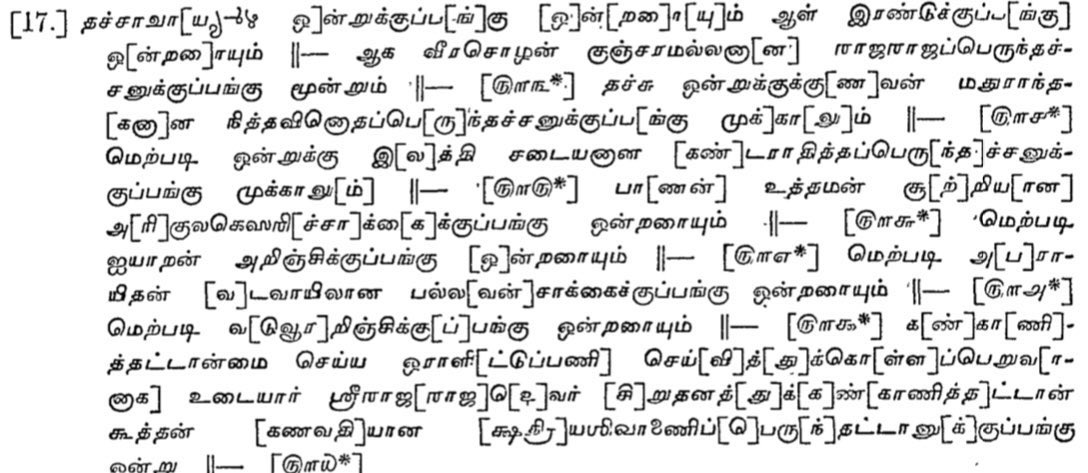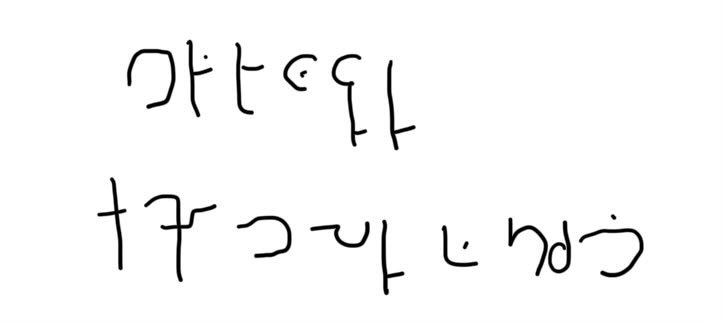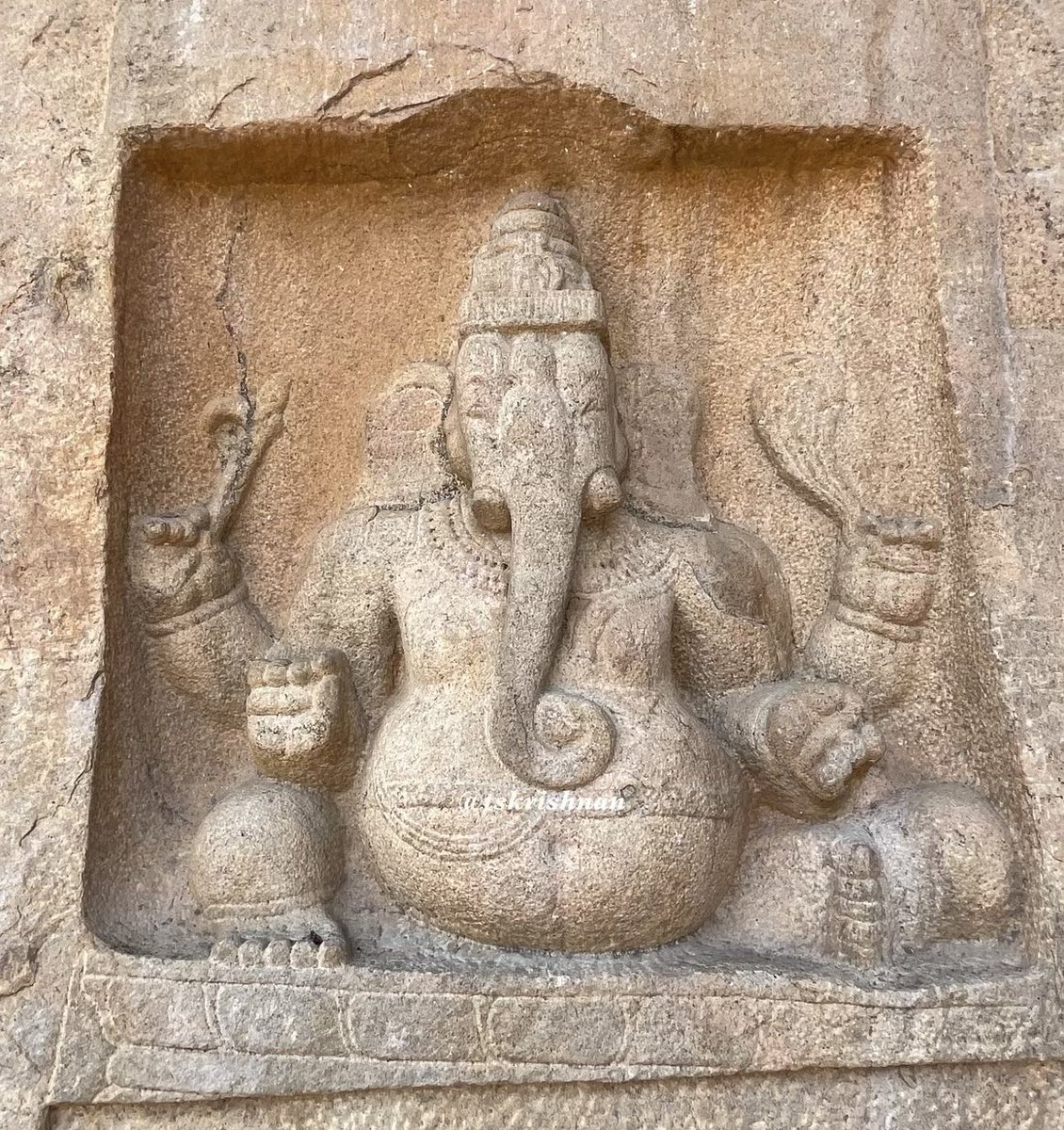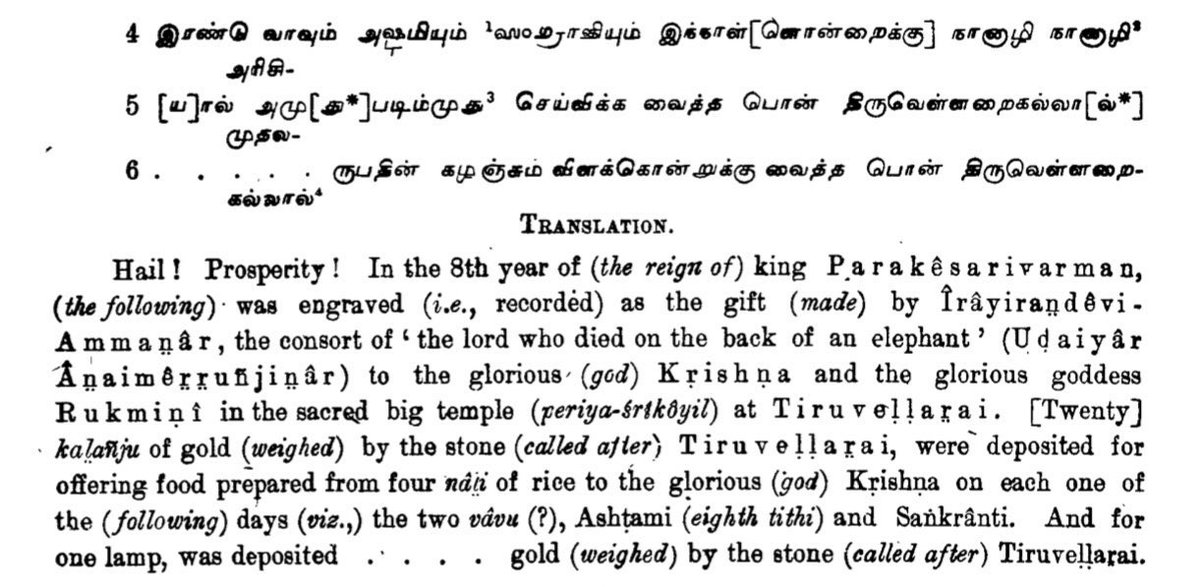பின்னாளில் சோழப்பேரரசு உருவாவதற்கு அடித்தளம் அமைத்தவன் ஆதித்த சோழன். பெரும் சிவபக்தன். பல்லவ அரசை சோழநாட்டோடு இணைத்தவன்.தொண்டைநாடு சென்ற போது காளத்தி அருகிலுள்ள தொண்டைமானாற்றூர் என்ற இடத்தில் சிவபதவி அடைந்தான். அவன் மகனான பராந்தகன் அங்கே அவனுக்கு ஒரு பள்ளிப்படைக் கோவில் கட்டினான் 

ஆதித்தனின் பிறந்ததினம் புரட்டாசி சதயம் (இன்று). இந்த விழாவை ஒவ்வொரு வருடமும் விமரிசையாகக் கொண்டாட உத்தரவிட்டான் பராந்தகன். புரட்டாசி கேட்டை தொடங்கி சதயம் வரை ஏழு நாட்கள் இந்த விழா நடைபெறும். இது ஒரு பள்ளிப்படைக் கோவில் என்பதால் மாவிரதிகளால் நிர்வகிக்கப்பட்டது (கிண்ணிமங்கலம் போல) 



இவ்விழாவிற்காக 105 கழஞ்சு பொன் & 4000 காடி நெல் (1காடி-32படி) வைப்பு நிதியாகச் செலுத்தப்பட்டு அதிலிருந்து வரும் வட்டியான 1000 காடி நெல்லைக் கொண்டு இந்த ஏழு நாளும் தினம் 1000 பேருக்கு உணவளிக்க வேண்டும் என்று ஏற்பாடு.யார் இந்த ஆயிரம் பேர்?மாவிரதிகள் உள்ளிட்ட ஆறு சமயத்தினர் 200 பேர் 

இங்கே ஆறு சமயம் என்று குறிப்பிடப்படுவது சைவத்தின் உட்பிரிவுகளான சைவம்,காளாமுகம்,பாசுபதம்,மகாவிரதம்,வாமம், பைரவம் ஆகியவை.துறவுபூண்ட அந்தணர்கள் 300 பேர். பலசமயத்தினர் 500பேர் ஆக 1000 பேர்.விழாவின் நிறைவு நாளான சதயத்தன்று இந்திரவிழா கொண்டாடப்பட்டது. நீண்டகாலமாக இந்திரவிழா சோழர்களால் 

தமிழகத்தில் கொண்டாடப்பட்டு வந்ததற்கான அத்தாட்சி இந்தக் கல்வெட்டில் உள்ளது. இப்படிப் புகழ் பெற்ற இந்தப் பள்ளிப்படைக் கோவில் தற்போது கோதண்டராமேஸ்வரா கோவில் என்ற பெயரில் சித்தூர் பொக்கசம் பலம் (Bokkasam Palem) என்ற இடத்தில் உள்ளது.
• • •
Missing some Tweet in this thread? You can try to
force a refresh


























